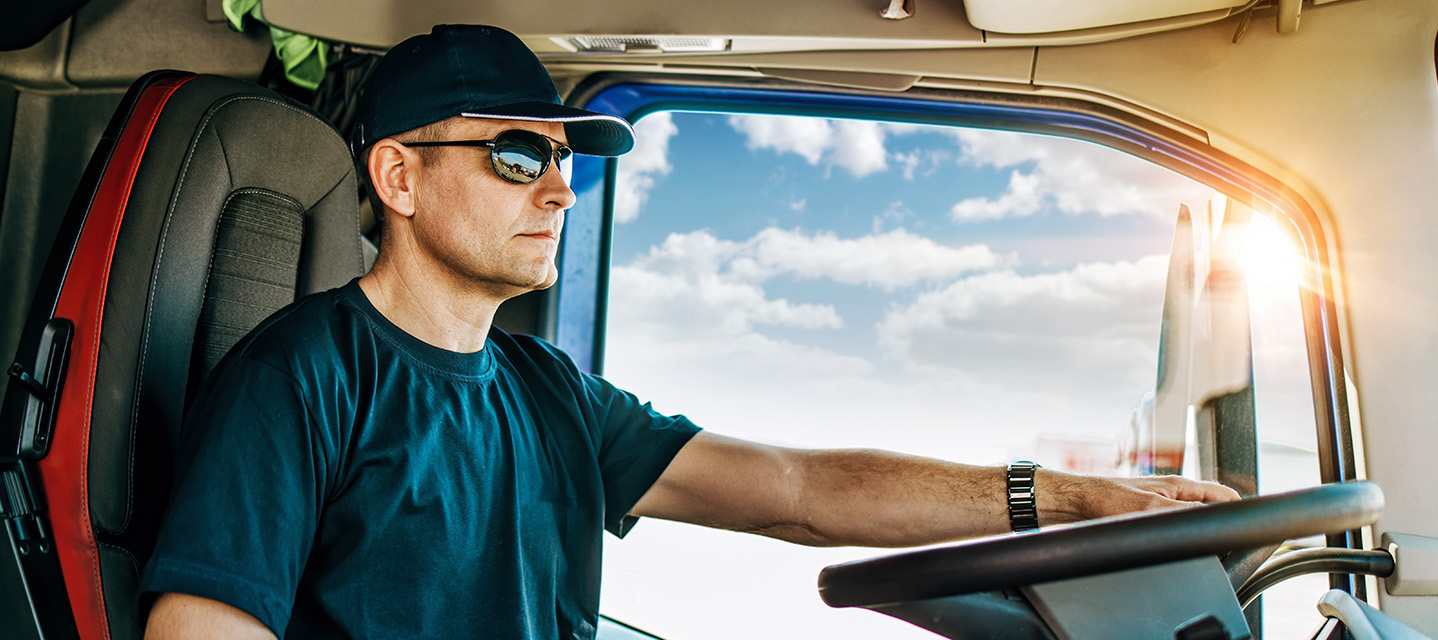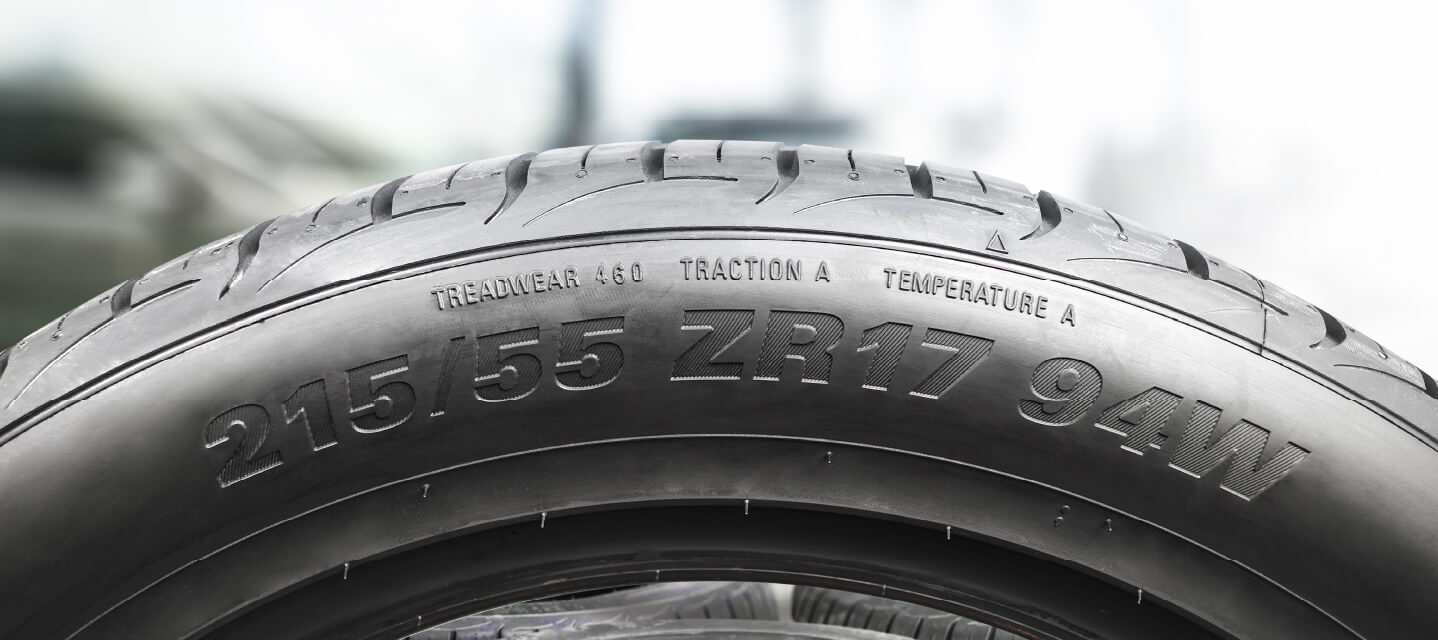Why weather is a problem for autonomous vehicle safety
Self-driving vehicles have a weather problem. Read how weather like snow and rain causes challenges for autonomous vehicles safety.

Even with the ongoing breakthroughs in automotive, a big hurdle that remains to be conquered is driving safely in inclement weather. Driving in less than ideal conditions decreases on-road visibility, leaving your fleet vulnerable to potential accidents. In this article, we explore the issue of autonomous vehicle safety and weather.
Though the future of autonomous technology comes with many promises and possibilities, a lot of work is still needed for self-driving cars to safely maneuver under harsh weather conditions.
The impact of weather on safety and driving conditions
According to the U.S Department of Transportation, over 5,891,000 vehicle crashes occur each year on average, out of which around 1,235,000 can be attributed to adverse weather conditions including snow, rain, fog and severe wind. The most common weather-related accidents are due to wet pavement and rainy conditions that account for 76 percent and 46 percent of the crashes.
Accidents, overall, often come with a huge price tag for businesses. In 2017, accidents added up to 57 billion dollars in costs for employers — from insurance, vehicle damage, to additional compensation due to loss in wages.
Although necessary precautions can be taken by drivers both before and during the trip, weather-related accidents cannot be kept fully under control.
Rainy or snowy weather decreases a driver’s line of vision of the road ahead. Furthermore, safety on the road also relies heavily on the driver’s capability to exercise proper defensive driving techniques and make quick decisions during harsh weather conditions. See how the polar vortex affected commercial vehicle fleets in Chicago.
Top challenges for autonomous cars in rain
Autonomous cars are faced with many challenges when it comes to navigating rainy conditions. A post by Lance Eliot from AI Trends outlines a few issues that need to be considered:
- Hydroplaning — The vehicle needs to make a quick judgement call on the right course of action, along with having spatial awareness before it attempts to gain or regain control.
- Slippery Road Conditions — The vehicle needs to adjust its “driving” capabilities according to the slippery conditions. More caution needs to be taken, including leaving ample room between vehicles, accelerating and braking well in advance.
- Water Buildup — The vehicle needs to sense the puddle ahead, or better yet, gauge how deep it is before driving by, or around it. Alternatively, during rainy conditions, it also needs to consider the best route to reach its destination.
- Sensors — LIDAR, a surveying method, is often the primary sensory device in each vehicle. It does not always accurately sense that it’s raining, which can lead to interference with the vehicle’s sensors.
Although the future seems promising, the concept of autonomous cars still lacks the capability to be fully functioning in environments that often experience a drastic change in weather. This is because early autonomous cars are usually tested in areas that are sunny and dry such as California or Arizona.
According to the Financial Times, since self-driving cars rely heavily on LIDAR, detecting the surrounding objects during heavy snowfall poses a set of additional issues. When it snows, the snowflakes that hit the sensor can often be confused for solid objects, making it difficult for the vehicle to make the proper distinction when driving.
Is autonomous technology the answer?
One advantage of autonomous cars is the ability to distinguish the lane markings on the road, and the cross walks in the winter time, although not precisely.
Ultimately, both humans and vehicles need to have and exercise one common quality when driving in adverse weather conditions: self-awareness. Knowing your surroundings and implementing safe driving practices will reduce accidents and keep both drivers and pedestrians safe.
See also: Autonomous Vehicles & Driver Safety: What You Need To Know
According to Bloomberg, autonomous technology is often promoted under the premise that they will, to some extent, reduce uncertainty. This is often due to advanced technology that senses the environment around the car with higher precision. Autonomous cars rely on real-time GPS information, cameras and laser based sensing systems that can aid in navigating inclement weather conditions.
How weather conditions will shape the future of autonomous vehicles
In the near future, when autonomous vehicles and human drivers share the road, the new challenge for autonomous vehicles will be not only to properly react with pedestrians, but also with drivers that alter their driving behaviour during extreme weather conditions.
With an increase in demand for autonomous cars equipped to drive in harsher weather conditions, businesses are seeking out solutions to bridge the gap. For instance, one semiconductor manufacturer has chosen Ontario as a research field for testing vehicles performance in the colder weather.
In order for vehicles to operate safely under all extreme weather conditions, it would need to be equipped with many sensors, posing the question of whether or not customers will consider or have interest in these sensored vehicles. This, in the future, will pose a challenge — finding ways to successfully integrate technology with design to appeal and entice customers.
Conclusion
Big strides have been made in terms of developments in the field of autonomous technology. However, there is no one-size-fits-all solution for the consumer when it comes to having a fully-functioning autonomous vehicle that operates safely under all weather conditions. As the Reuters article states, “it may take years, or even decades” to see these autonomous vehicles on the road.
For more stories like this, subscribe to the blog.
Related:
How Autonomous Driving Will Change Our Highways and Cities
7 Smart City Solutions to Reduce Traffic Congestion
Subscribe to get industry tips and insights
The Geotab Team write about company news.
Table of Contents
Subscribe to get industry tips and insights
Related posts

What is government fleet management software and how is it used?
April 10, 2025
3 minute read

Enhancing student bus safety: Combating distracted driving in the digital age
April 7, 2025
6 minute read

How a well-built fleet safety culture prevents legal trouble
March 28, 2025
5 minute read

Driver behavior monitoring systems: Fleet managers’ guide for top tools + implementation tips
March 27, 2025
7 minute read

DOT tire regulations: Fleet safety best practices + checklist
March 27, 2025
5 minute read

How AI-based in-cab video can lower fleet insurance costs and improve safety
March 24, 2025
3 minute read